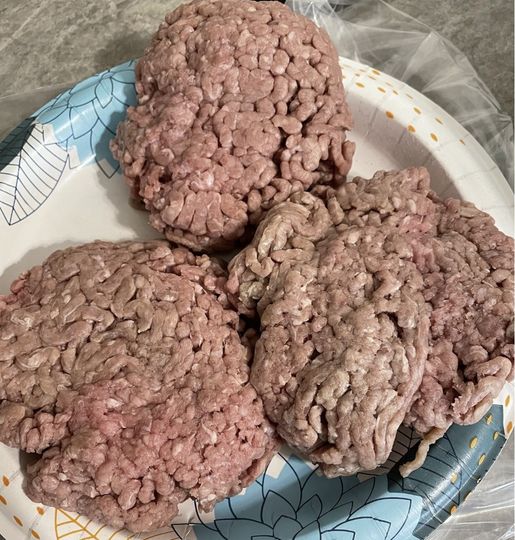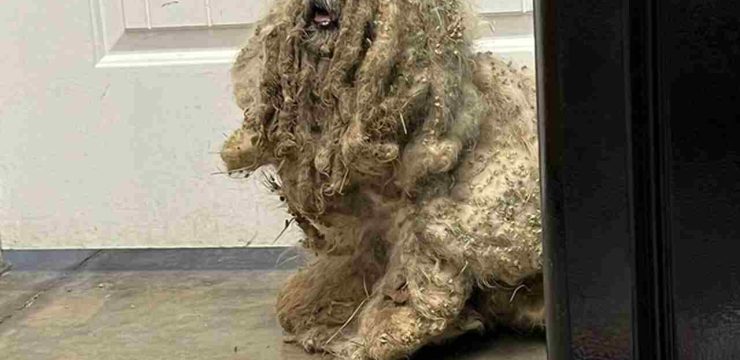Many people have experienced buying a package of ground beef from the grocery store, bringing it home with the intention of making dinner, and then feeling concerned after noticing that the meat appears gray instead of the bright red color we typically associate with freshness. While the instinct to worry is understandable—since most of us have been conditioned to view bright red ground beef as the gold standard for quality—the reality is that ground beef that looks gray isn’t automatically spoiled or unsafe to eat.

Understanding why this color change happens can help prevent unnecessary waste while still keeping food safety a priority. Fresh beef contains a pigment called myoglobin, and when it binds with oxygen, it forms oxymyoglobin, which gives meat that appealing bright red hue often seen in grocery store displays. Ground beef in particular can have a grayish-brown interior simply because the center of the meat hasn’t been exposed to oxygen. When beef is freshly ground and packaged, the outer layer comes into contact with oxygen, turning red, while the interior remains in its natural, oxygen-deprived state, which is often gray in color.
This is perfectly normal and not a sign of spoilage on its own. However, the situation changes if the gray or brown coloring appears on the outer surface of the ground beef or if the majority of the meat has lost its red color. This could indicate that the meat has been stored too long or that it’s beginning to spoil. Oxygen exposure over time can cause meat to oxidize and lose its vibrant color, and in some cases, this change is accompanied by bacterial growth that makes the beef unsafe to consume. The easiest way to determine whether gray ground beef is safe to eat is to combine visual inspection with smell and texture tests.
If the meat has a strong, unpleasant odor that is sour, rancid, or generally “off,” it’s a clear indicator that it has spoiled, regardless of the color. Spoiled ground beef may also feel slimy or sticky to the touch rather than firm and slightly moist. In these cases, it’s safest to discard the meat immediately, as cooking it will not eliminate all of the potential toxins produced by bacteria. Another important factor to consider is the sell-by date on the packaging. While beef can sometimes remain safe to eat a day or two after this date if stored properly in the refrigerator, this is not a guarantee.
If your ground beef is past its sell-by date and has any questionable appearance or odor, it’s better to err on the side of caution and throw it out. Foodborne illnesses caused by bacteria such as E. coli or Salmonella can lead to severe symptoms, so taking risks with meat safety is never worth it. Proper storage plays a significant role in maintaining the quality and safety of ground beef. Ideally, it should be kept in the coldest part of the refrigerator, at or below 40°F, and used within one to two days of purchase. If you don’t plan to use it within that time frame, freezing it is the best option.
When frozen promptly at 0°F or lower, ground beef can maintain its quality for up to four months. To thaw it safely, use the refrigerator method rather than leaving it out on the counter, which can allow bacteria to multiply rapidly. In addition to checking for color and smell, always cook ground beef to a safe internal temperature of 160°F, as measured by a food thermometer. This ensures harmful bacteria are destroyed, even if the meat appeared fresh before cooking. While proper cooking eliminates pathogens, it’s important to remember that it won’t make spoiled meat safe to eat—so the initial freshness check is still crucial.
In summary, gray coloring in the center of ground beef is usually harmless and simply the result of limited oxygen exposure, but gray or brown discoloration on the outer surface, especially when paired with an off smell or slimy texture, should be treated as a red flag. By understanding what causes these color changes and practicing vigilant inspection before cooking, you can avoid unnecessary waste without putting your health at risk. Ground beef can be a delicious and versatile ingredient, but its perishable nature means it requires careful handling from the moment you buy it to the time it’s served on the plate. When in doubt, trust your senses—if the meat doesn’t look, smell, or feel right, it’s better to throw it out than take the chance.





